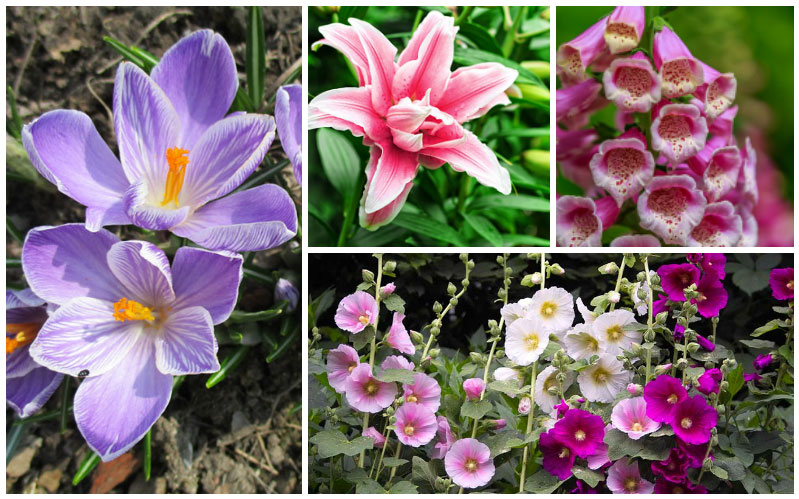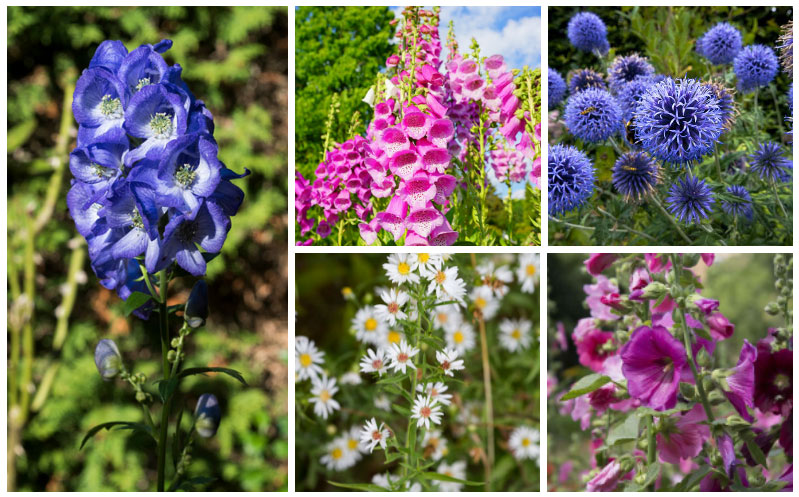
Are you wondering when is the best time to plant perennials in your garden?
Planning your planting schedule correctly can make all the difference in having a lush, vibrant garden. The ideal time to plant perennials is in the early fall or early spring.
Planting perennials in these seasons gives the plants ample time to establish their roots before the extremes of winter or the heat of summer. You’ll find that a little bit of planning can lead to a garden that thrives year after year.
Some varieties of perennials might prefer specific planting times, but the general rule holds true for most types. So, by choosing the right time, you’re setting up your garden for success. Let’s explore the best practices and tips for planting perennials effectively.
See 15 Perennials to Plant in AugustDetermining the Ideal Planting Time for Perennials
Picking the best time to plant perennials requires considering your hardiness zone and understanding microclimates in your area.
Understanding Your Hardiness Zone
Your region’s hardiness zone is crucial when deciding when to plant perennials. The USDA Hardiness Zone Map helps you identify your zone based on average minimum winter temperatures. Most perennials do best when planted in early spring or fall, allowing roots to establish before extreme weather.
Zones 3–7 usually benefit from spring planting, while zones 8–10 find fall more suitable. Always check specific plant requirements. Spring planting gives plants a growing season to strengthen, while fall planting allows roots to grow without the stress of summer heat.
The Impact of Microclimates
Microclimates can vary significantly within a hardiness zone. Factors like elevation, proximity to water bodies, and urban heat islands can influence planting times. For instance, areas near lakes might have milder winters, allowing earlier planting, while high-altitude areas may experience later frosts.
Urban areas often stay warmer due to heat retention by buildings and pavement. Your garden’s specific conditions might necessitate adjustments in planting times. Observing local weather patterns and using resources like local extension services can provide further guidance tailored to your garden’s unique environment.

Preparing Your Garden for Perennials
Prioritizing soil quality and making thoughtful choices about what to plant and where will ensure a thriving perennial garden.
Soil Preparation and Enrichment
To create an ideal environment for perennials, start by assessing your soil. Test the pH level to determine if it’s acidic, neutral, or alkaline. Most perennials prefer slightly acidic to neutral soils.
Next, focus on enrichment. Incorporate organic matter such as compost or well-rotted manure to improve soil texture and fertility. This adds essential nutrients and enhances water retention.
Mulching is another effective technique. Apply a layer of organic mulch around your plants to help retain moisture and suppress weeds. Avoid over-mulching as it can lead to root rot.
Lastly, ensure good drainage. Poorly drained soil can suffocate roots. Raised beds or adding sand can help improve soil structure and drainage.
Perennial Selection and Placement
Choose perennials suited to your climate and soil type. Research their specific needs like sunlight, water, and space. Group plants with similar requirements together for healthier growth.
Consider bloom times. For continuous color, mix early, mid, and late-season bloomers. Height and spacing are also crucial. Place taller plants at the back and shorter ones at the front for visual appeal.
Take note of companion planting. Combine perennials that support each other, such as pairing nitrogen-fixing plants with those that need more nitrogen.
Plan for future growth. Perennials spread over time. Leave adequate space between plants to accommodate this growth without crowding.













